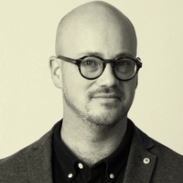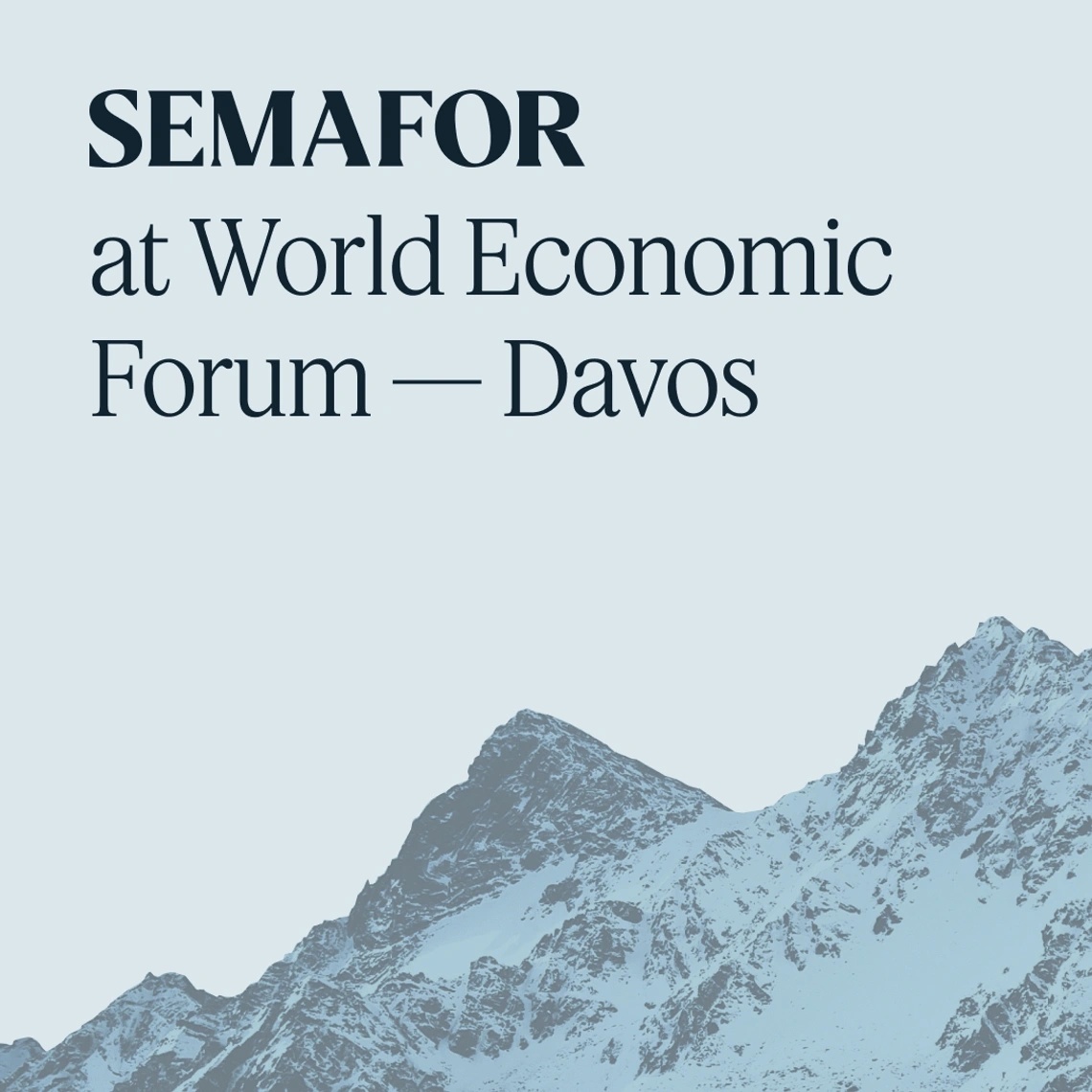 Rep. Cathy McMorris Rodgers. REUTERS/Tom Brenner/File Photo Rep. Cathy McMorris Rodgers. REUTERS/Tom Brenner/File PhotoAn investigation by Congressional Republicans into a Department of Energy office that lends money to clean energy companies is causing frustration within the agency but not slowing the office’s work, an official there told Semafor. Sen. John Barrasso (R-Wyo.) and Rep. Cathy McMorris Rodgers (R-Wash.) have asked the DOE to hand over a mountain of documents related to the Loan Programs Office, one of the most well-endowed agencies carrying out President Joe Biden’s climate agenda. They’ve also asked DOE’s inspector general to investigate the possibility that LPO director Jigar Shah favors personal contacts from his long career in climate tech in deciding how to distribute the nearly $400 billion in loans and loan guarantees his office is endowed with. Republicans have focused on Biden’s climate agenda ahead of this year’s presidential election, and the LPO is emerging as a key target. The LPO official, who was granted anonymity in order to speak candidly, argued the office was catalyzing investment and job growth, saying in an interview that its work was “like apple pie, mom, and baseball.” Republicans were, the official said, “throwing something against the wall and seeing if it sticks.” The accusations were “laughable and frustrating,” the official continued, insisting that at least 150 people across several departments beyond DOE reviewed individual loan applications. The LPO is an easy target because of its ultimately doomed bet on the solar company Solyndra during the Obama administration, which kicked off months of investigations and ultimately left the office almost shuttered, with only a few projects approved in the years between Solyndra and Biden taking office. After the new investigation, “Solyndra is going to look like chump change,” Barrasso has warned. One challenge in targeting LPO, however, is its relative success so far. Even though it has to take bets on companies that — because they are doing something innovative — can’t easily raise capital, meaning some degree of failure is inevitable, LPO’s portfolio has, if anything, out-performed most private clean-energy lenders, said Dan Reicher, a former senior official at DOE and a senior research scholar at Stanford University’s Woods Institute for the Environment. So far, the LPO official said, the inquiry hasn’t gummed up the works of its review process. But it’s an unwelcome distraction at a time when the office is racing to get as much money out the door as possible before the election. |















